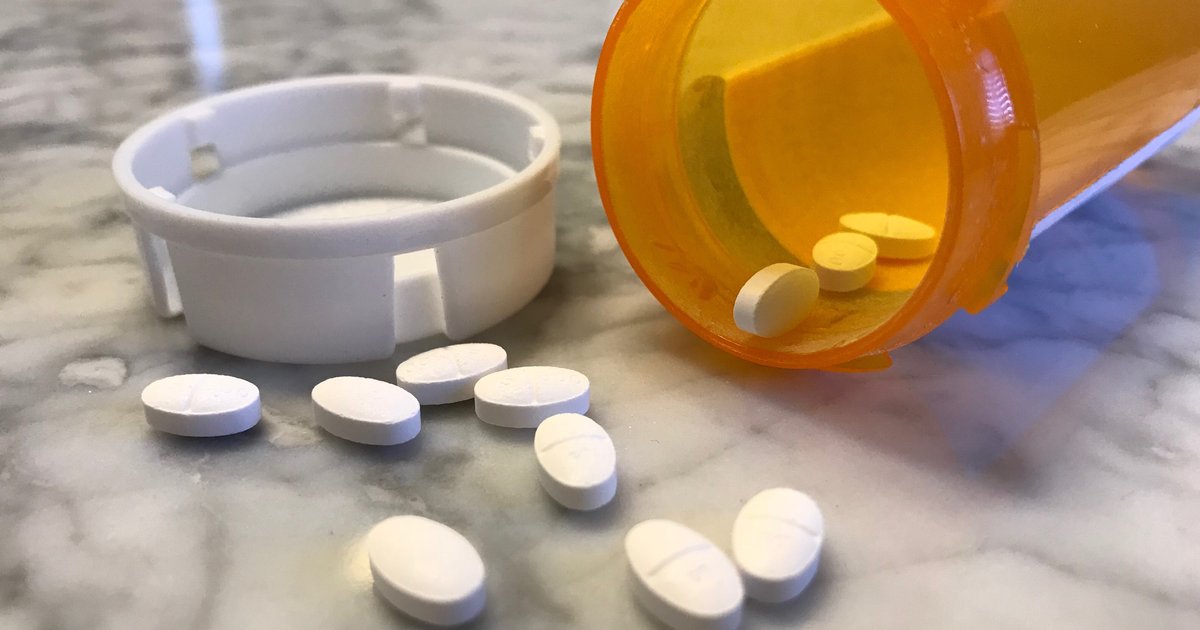How To Treat Panniculitis
Panniculitis is the medical term for an entire group of skin conditions that cause painful bumps to form beneath the skin. These bumps grow within the subcutaneous fat layer called the panniculus. They are often reddened or purplish and are very tender to the touch. The bumps tend to come and go over time, and they most often occur on the calves and thighs. Many health conditions can cause panniculitis, including autoimmune diseases, connective tissue disorders, infections, cancer, and diabetes. Sometimes, treating the underlying cause can help with panniculitis, but other times, it may require more targeted treatment. Here are a few of the most common methods used to manage panniculitis.
Take Potassium Iodide

Potassium iodide is a type of salt most often used to treat hyperthyroidism. This means it can be quite helpful for individuals dealing with panniculitis linked to thyroid problems. Patients may also be able to take potassium iodide if they have other forms of panniculitis. Studies have found panniculitis patients who take potassium iodide have a significant reduction in fever and pain within just two days. Generally, regularly taking potassium iodide can completely remove the panniculitis within two weeks. The reason potassium iodide seems to be so effective is because of its anti-inflammatory effect. Individuals who take it produce more of the c-reactive proteins that help manage inflammation, so the swelling and heightened blood flow in the area affected by panniculitis are greatly reduced. The potassium iodide also helps inhibit cells that produce toxic radicals, so it further decreases inflammation.
Keep reading to learn more about how to treat panniculitis now.